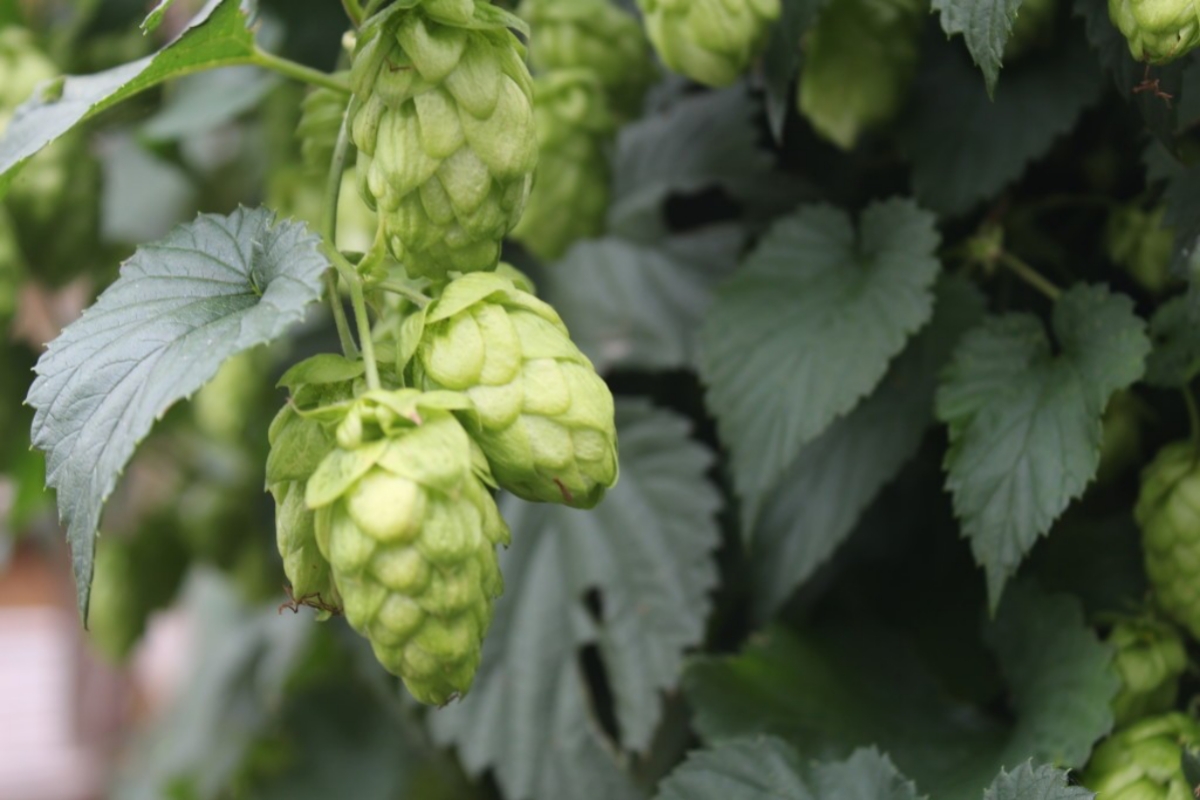
It’s that time of year again for brewers. Hop season is in full swing! The fresh hop harvest typically takes place in the cool mornings when hop bines, which average 18 ft in height, are cut down and placed on a truck bed.
A picking machine then strips the hops from the bine, and stems are then separated from the cones. The cones are what are used in the brewing process.
Brewers come directly to the farm and fill up cloth bags with fresh, pre-kilned hop cones, which are then taken directly back to the brewery and used within 24 hours.
However, there have been some ups and downs with the hop harvest this year across the globe. While it looks like the US is holding steady with no growth, the German hop crops are down by 20 percent. There haven’t been any August reports yet from hop farmers in the Pacific Northwest, but earlier this summer Yakima Chief Hops noted it was looking like an “average” or “normal” crop for the 2022 season, but “the cold spring weather, the late plantings, the big wind storms, and rain storms have really knocked back the baby crop quite a bit,” said Joe Catron, experimental hop manager with Yakima Chief Hops in this report.
Droughts and heat wave have been the pain for Europe and lack of growth on their end. The German crop, one of the most important in the world, is estimated to be down by 18 percent vs. a normal crop and down by 20.4 percent compared to the 2021 crop, which yielded 47.862 tonnes.
From the August 2022 report from BarthHaas:
Particularly the early maturing varieties (Hallertau Mittelfrüh, Northern Brewer, Hall. Tradition, Perle) are affected and will yield poorly. Rainfalls towards the end of August are giving hope for the later maturing varieties that still have time to recover. Early alpha acid screening indicates, as can be expected, that alpha acid levels will also be below their respective long-term average.
BarthHass Tweet
What all of this means for the markets is very hard to gauge, but for Americans, this definitely means a more expensive hop export. Forward prices will be higher than in the past. Growers are facing significant cost increases, much higher inflation, and will not be able to operate at historic price levels. Brewers can also look at modern varieties that are better suited to the changing climate and provide more stable yields than the well-known workhorses of the past to help offset the upcoming costs.
